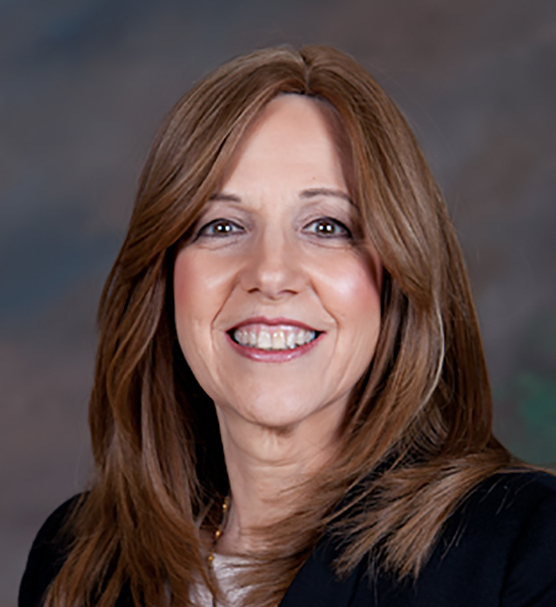
Like most universities, Touro University needed to rapidly pivot to online classes when the COVID-19 pandemic began. Touro’s approach differed from many universities in that we saw an opportunity and used this unique moment to teach the entire faculty how to be more fluent online. As a large university with 36 schools and 246 programs, we faced a significant challenge bringing everyone to a university-wide standard for online teaching. We developed a program that built on our faculty’s innate strengths and skills as academics. They were all familiar with curricula, course materials, assessment and measurements of proficiency. We used these tools to encourage participation, learning and use of technology and online education.
We designed a university-wide online curriculum
Touro’s online education team created a comprehensive program to educate educators. It included a series of courses, along with curricular materials. The team developed scores of printable how-to guides with step-by-step instructions as well as detailed videos that showed faculty how to effectively use Zoom and Canvas. All of the materials were readily available in a permanent online repository. Faculty took quizzes on the course material and earned badges at ever-increasing levels of proficiency – bronze, silver, and gold – providing them with feedback on skills mastery.
The badges added an element of fun and competition to the process. Among faculty, 1186 out of 1558 faculty members participated in training at the bronze and silver levels. Over 70% of graduate and professional faculty completed the gold level training. More than 800 faculty members participated in synchronous training programs offered by the Online Education team.
Senior academic leaders – deans, VPs, and Senior VPs—took part in their own five-week professional development program to strategically plan for the post-pandemic world and define the meaning of remote education in a brick-and-mortar institution.
Faculty across Touro’s many divisions are now competent in multiple modalities for teaching students. They are not only able to teach online but they can also integrate new methods of teaching into classroom education. This includes how they use videos and Ed Tech tools in the classroom. Academic leaders have the knowledge to chart a path forward and the language to communicate clearly with one another and with the Touro community.
The training program has been transformational. Surveys indicated that 76 percent of faculty felt good or great regarding their remote teaching. Ninety-eight percent said they were able to meet learning objectives.
Training led to long term benefits for both students and the university
Many of our 19,000 students juggle multiple responsibilities including jobs and families. The pivot to online learning offered these students a more flexible way to complete their educations while managing busy lives. Student enrollment at Touro increased during remote education. Enrollment in summer courses exceeded targets, in some cases by 250 percent.
As the university resumes in-person classes, Touro continues to reap the benefits. All classes are now outfitted with equipment that enables Zoom from the classroom. If students are ill or unable to attend class, they can Zoom into their classes remotely. Faculty have the skills to manage hybrid classrooms. Faculty are also more routinely recording classes so that students can review the material on their own. Additionally, deans can now quickly pivot from in-person to online instruction when necessary. Students appreciate flexibility in schedules, easier access to course information online, and more ways to communicate with faculty members.
Dr. Marian Stoltz-Loike is Vice President, Online Education at Touro University and dean, Touro’s Lander College for Women.
More from UB



